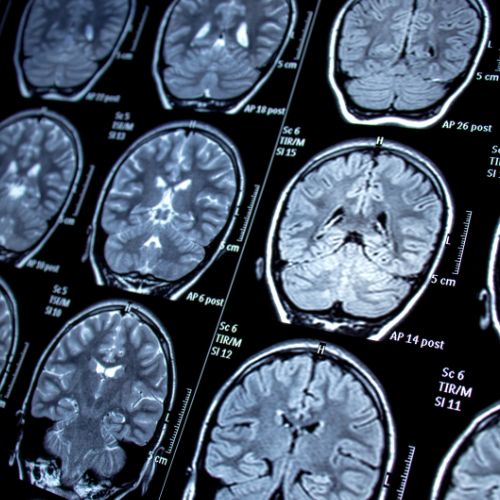Different Uses for CyberKnife® Radiosurgery
CyberKnife® radiosurgery is an incredible innovation that has revolutionized the field of treatment for cancer and more. It involves no scalpels, cuts, or anesthesia – only precise beams of radiation. With this technology, doctors can treat several medical conditions more safely and effectively than ever before. IGEA Brain, Spine & Orthopedics – a leading neurosurgical practice in New Jersey and New York – explains some of the many ways CyberKnife® radiosurgery can be used.
WHAT IS CYBERKNIFE® SURGERY?
CyberKnife® radiosurgery is unlike traditional surgical practices. Not one incision or cut is necessary for radiosurgery to be successful. Instead, the procedure uses a precise beam of high-dose radiation mounted on a robotic arm. By aiming the beam at a malformation or tumor, the doctor can treat the problem without damaging healthy tissue. The procedure comes with a host of advantages over traditional surgery, including:
- No pain or anesthesia
- No incisions or stitches
- No long recovery times
- Ability to return to normal activities immediately
WHAT DOES CYBERKNIFE® SURGERY TREAT?
CyberKnife® radiosurgery allows doctors to safely and non-invasively treat a wide range of tumors and malformations throughout the body, including but not limited to the following:
BRAIN TUMORS
Brain tumors are known to be one of the more dangerous types of tumors. Depending on where they’re located, they can be very hard to treat without damaging healthy brain tissue, which is where CyberKnife® radiosurgery comes in. It has revolutionized brain tumor treatments with an option that can eliminate the tumor safely and with minimal damage elsewhere.
PITUITARY TUMORS
Your pituitary gland is a very small organ in the bottom of the brain, halfway between your eyes and the back of your head. Pituitary tumors are notoriously difficult to treat due to the location and the smallness of the organ. CyberKnife® radiosurgery solves this problem by precisely pinpointing even the tiniest growth in the trickiest location.
CAVERNOUS MALFORMATIONS
A cerebral cavernous malformation (CCM) is a cluster of abnormally formed blood vessels. They bulge out like a small mulberry, putting pressure on the surrounding brain tissue and possibly leading to slight blood leakage. Radiosurgery is the top choice for treatment. Unlike traditional surgery, there’s no risk the treatment could cause even more bleeding.
ARTERIOVENOUS MALFORMATIONS
Arteriovenous malformations (AVMs) can occur anywhere in the body. These are abnormal tangles of vessels that connect arteries and veins, restricting the flow of oxygenated blood. If the cluster hasn’t burst, CyberKnife® radiosurgery can be used to stop the blood supply to the malformation – thus preventing it from bursting in the future.
Depending on the size of the tumor or the nature of the condition being treated, patients can expect each treatment to last 30 minutes to two hours. Some patients may receive more than one treatment to thoroughly treat the problem, but more than five sessions are rarely needed.
CYBERKNIFE® RADIOSURGERY AT IGEA BRAIN, SPINE & ORTHOPEDICS
If you would like to learn more about CyberKnife® Radiosurgery, contact IGEA Brain, Spine & Orthopedics. We are an award-winning neurosurgical and orthopedic practice with six offices throughout New Jersey and New York. Our team members are experts in administering cutting-edge treatments like CyberKnife® radiosurgery and can answer your pressing questions.







